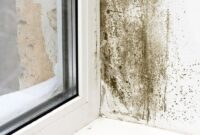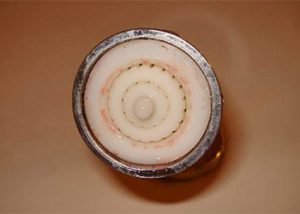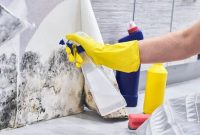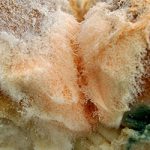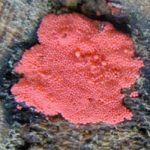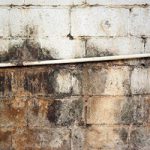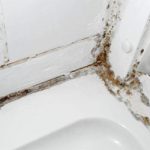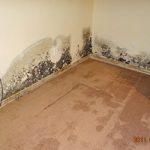You know how it goes; at first something just seemed fine, but mold grows over the time and causes everything to be yucky at best. And then you feel ready to turn the world upside down just to get the correct remediation that will get rid of that pesky, slimy, icky layer of god knows what off the floor.
You may indeed find more than enough variations of stuff to use against infestation: baking soda, borax, bleacher, vinegar; everything is fine and okay in their work against mold. However, there might be just another thing that you miss out: hydrogen peroxide. Cleaning Mold With Hydrogen Peroxide is much better in a lot of ways some of which are even better than the other substances. By and large here are some advantages of using hydrogen peroxide you should know:
- It is pretty much safe to use on any kind of materials. It is not corrosive so it may work even on delicate surfaces.
- Hydrogen peroxide is easy to get. The name may sound ominous but even the pharmacy nearest to your house should stock up on some.
- It is non-toxic, as well; making it safe for the environment, other people, and your pets. It does not produce fumes or leaves residue on the surface which would harm any living thing around.
- And perhaps the most interesting thing about it is that it is fairly inexpensive compared to other cleaning agents.
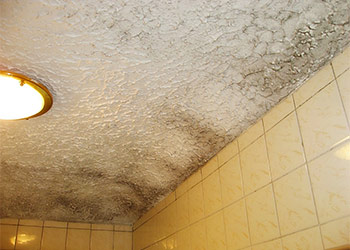 Cleaning Mold With Hydrogen Peroxide comes with some precautions though. It is a chemical substance anyway so there should be side effects to anticipate. Hydrogen peroxide has harshness property to it that will irritate those with sensitive skin.
Cleaning Mold With Hydrogen Peroxide comes with some precautions though. It is a chemical substance anyway so there should be side effects to anticipate. Hydrogen peroxide has harshness property to it that will irritate those with sensitive skin.
Don’t be quick to imagine your skin melting away as if it has just been in contact with a strong acid, tough. Depending on the severity of the case, there would only be mere peeling off of the skin, which doesn’t hurt at all—if somewhat a little warm—and it should go away within hours, tops.
Obviously, avoid contact with the eyes and other mucous membranes. Also, you may need to put on some safety gloves to prevent direct contact with the substance.
Hydrogen peroxide works by reacting with materials, in which oxygen is released at a rate so rapid it oxidizes and decomposes the mold. In terms of strength, bleach is probably more effective in disinfecting surfaces. However, besides bleaching releasing toxic fumes, it may not react very well with other substances such as vinegar or baking soda.
Why is this an important point to take note of? While cleaning agents, be they vinegar, borax, or bleach, are capable of killing mold then and there, they might not have the means to keep future infestation at bay.
Hydrogen peroxide, on the other hand, is quite versatile for mixing with vinegar, see Green Mold On Wood Furniture, which not only clean areas but also making them unsuitable for mold to regrow. Choose 3% hydrogen peroxide for mild mold or up it to the 10% variant for difficult ones.
Mix it with vinegar, half and half measures, and put the mixture in a spray bottle. Spray generously on affected surfaces and leave for 10 minutes at least before scrubbing. The longer the mixture stays would be better.
